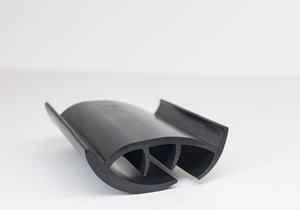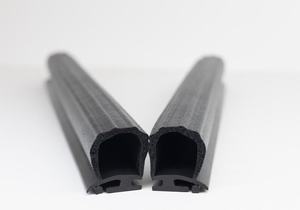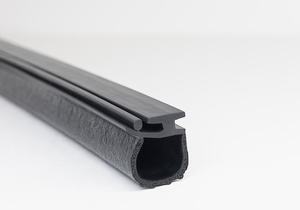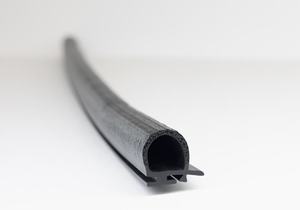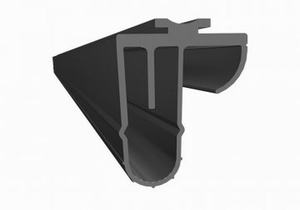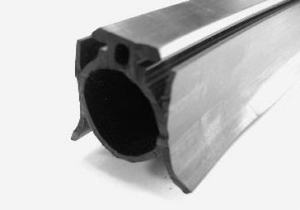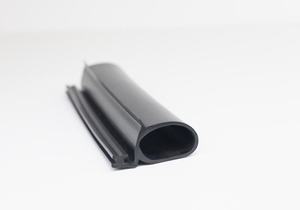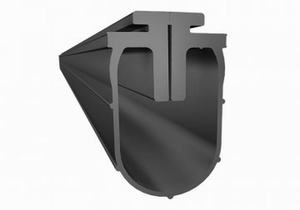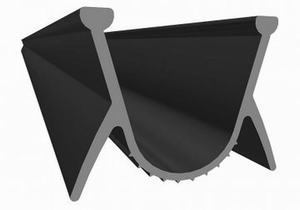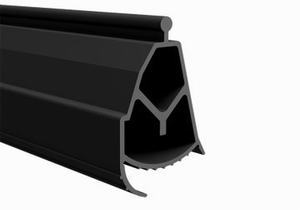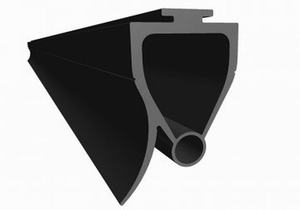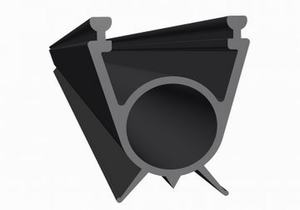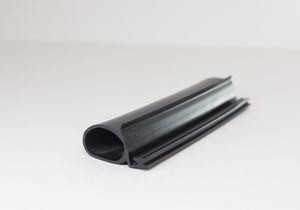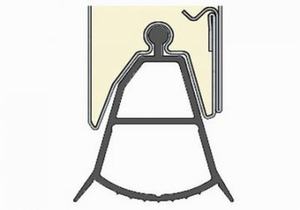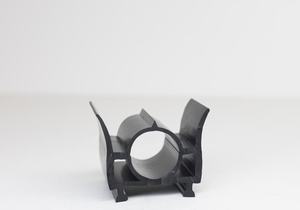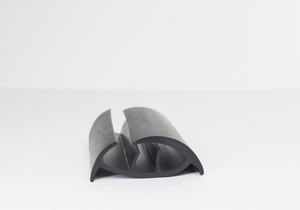Automatic door seals are devices designed to seal the gap between a door and its frame automatically when the door is closed. They are commonly used in both residential and commercial buildings to improve energy efficiency, soundproofing, and overall comfort. These seals are typically found in exterior doors, but they can also be used on interior doors where a high level of sealing is required.
Here are some key features and types of automatic door seals:
- Functionality: Automatic door seals are designed to close gaps between the door and the frame to prevent drafts, dust, noise, and heat or cold from entering or escaping a room. They are often used in conjunction with other weatherstripping and insulation measures to create a more energy-efficient building envelope.
- Automatic Activation: When the door is closed, the automatic door seal is activated either by gravity, pressure, or a mechanical mechanism. Some designs are integrated into the door frame, while others are attached to the bottom of the door.
- Types of Automatic Door Seals:
- Sweep Seals: These are typically attached to the bottom of a door and are activated when the door is closed. They have a flexible seal that sweeps along the floor, creating a tight seal.
- Drop Bar Seals: These are mounted on the door frame and consist of a bar that drops down when the door is closed to seal the gap between the door and the frame.
- Brush Seals: Brush seals use a series of bristles that form a seal between the door and the frame when the door is closed. They are effective at blocking drafts and dust.
- Spring-Loaded Seals: These seals use a spring mechanism to automatically compress a sealing element when the door is closed.
- Magnetic Seals: Magnetic door seals use magnets to create a tight seal when the door is closed. They are commonly used in refrigeration and freezer doors.
- Materials: Automatic door seals can be made from various materials, including rubber, silicone, plastic, metal, and even combinations of these materials. The choice of material depends on factors like the desired level of sealing, durability, and the specific application.
- Benefits: The main benefits of automatic door seals include improved energy efficiency, reduced heating and cooling costs, enhanced comfort, noise reduction, and better protection against pests and dust.
- Maintenance: Like any mechanical or sealing device, automatic door seals may require periodic maintenance to ensure they function correctly. This can include cleaning, lubrication, and occasional replacement of worn-out parts.
Automatic door seals are an important component of building design, especially in regions with extreme weather conditions or where sound insulation is critical. They contribute to energy savings, comfort, and overall building performance. When selecting an automatic door seal, it’s essential to consider factors such as the type of door, the level of sealing required, and the specific environmental conditions of the building.
